10 Tips for Picky Eating
These 10 tips for picky eating come from my experience as an occupational therapist, but mostly from being a mom of 3 and fighting in the food battle trenches with you!
As an Amazon Associate, Our Slice of Home earns from qualifying purchases made through affiliate links at no extra cost to you!
10 Tips for Picky Eating
I completely understand the fight for your kids to have a wide variety of healthy and nutritious foods in their diet. It can be a battle, but I hope these tips provide some “tools in the toolbox” to pull out and try in your day to day life. As with anything that is difficult in life, remind yourself of your “why” when moments around mealtimes get stressful and repeat your “why” back to yourself. My “why” is how important family meal times are to reconnect in the busyness of life and have meaningful conversations.
Tip 1: Gather around the table
Make sitting down at your table a priority. Model good eating habits, manners, and conversation and your little ones will begin to model them as well. You can even set a time duration you want your kids to remain at the table. Start small and build from there.
Tip 2: Choose a safe food
Include at least 1 food item on your kids plate that you know they like. This will make their plate much more approachable when they first sit down.
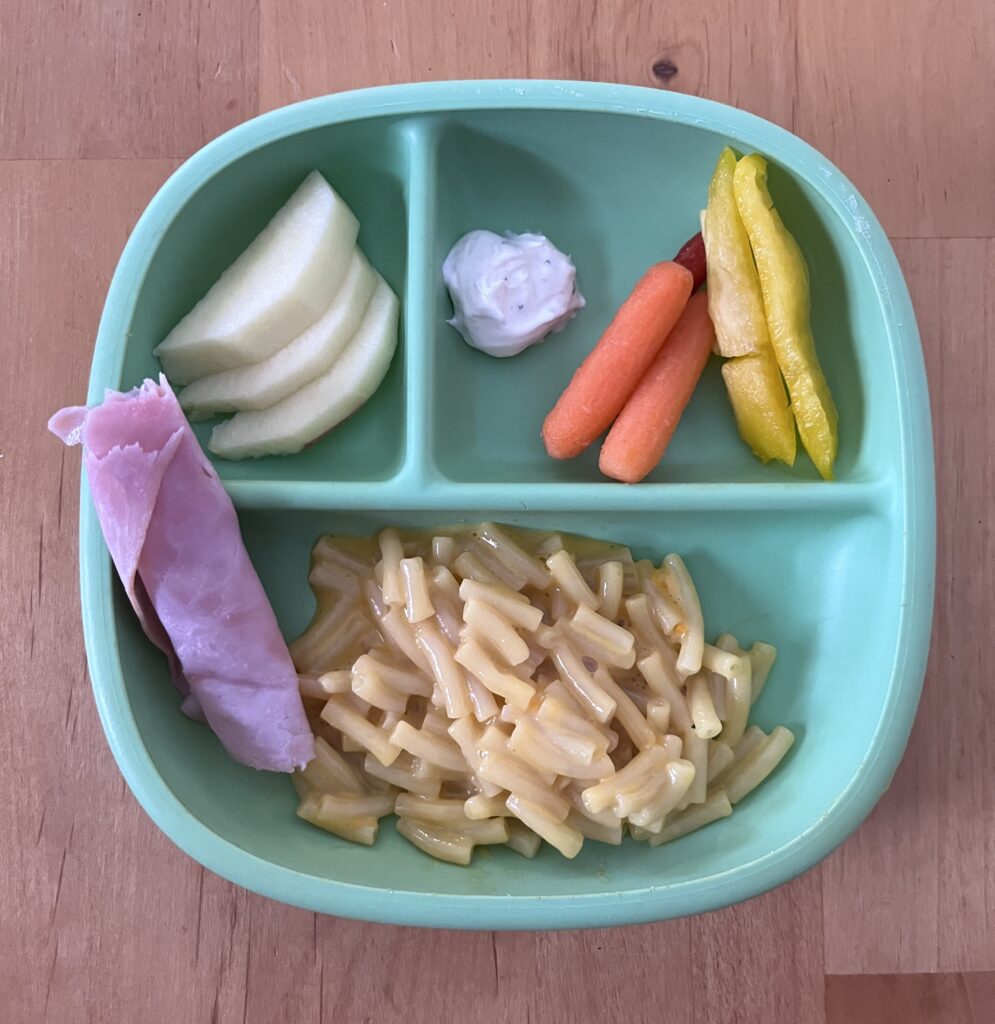
Tip 2.5: My kids are MUCH more likely to eat a vegetable if they have a dip to go with it.
Tip 3: Take down the pressure
Avoid a strong reaction (positive or negative when they try a food). Work to stay calm and know that the exposure of having the food on their plate is a victory in itself. If there are negative responses from your child, you can try phrases such as “You don’t have to eat it, but you cannot yell” or “you can try a bite if you’d like, if not you have other food on your plate”.
Tip 4: Set clear expectations
Make a game plan of meal time expectations such as remaining at the table for 5 minutes, being thankful for our food, no screaming, etc. Have a family meeting to discuss expectations with your children. We like passing around a “talking stick” where myself and my husband share expectations and then the kids can ask questions. Know that consistency and follow through are keys to success!
Tip 5: Make meal time fun!
Make the family table a place that is enjoyable! You can share “highs and lows” from the day, tell knock-knock jokes and even try to toss food into each other’s mouths! We like to sing a song together. We learn a hymn of a month and will sing it at breakfast each day. Another game my kids love is where I describe an animal and my kids work to guess it.

Tip 6: Include your kids in meal preparation
Oof, I know, sometimes the chaos in the kitchen is plain stressful when you are trying to get a meal on the table. However, in these low pressure situations where kids are working with the food to peel, chop, place in a bowl, etc. They are much more likely to try a bite or get interested in a few foods. We love these kid safe kitchen knives and use them all the time. We also have this set of rolling pins.
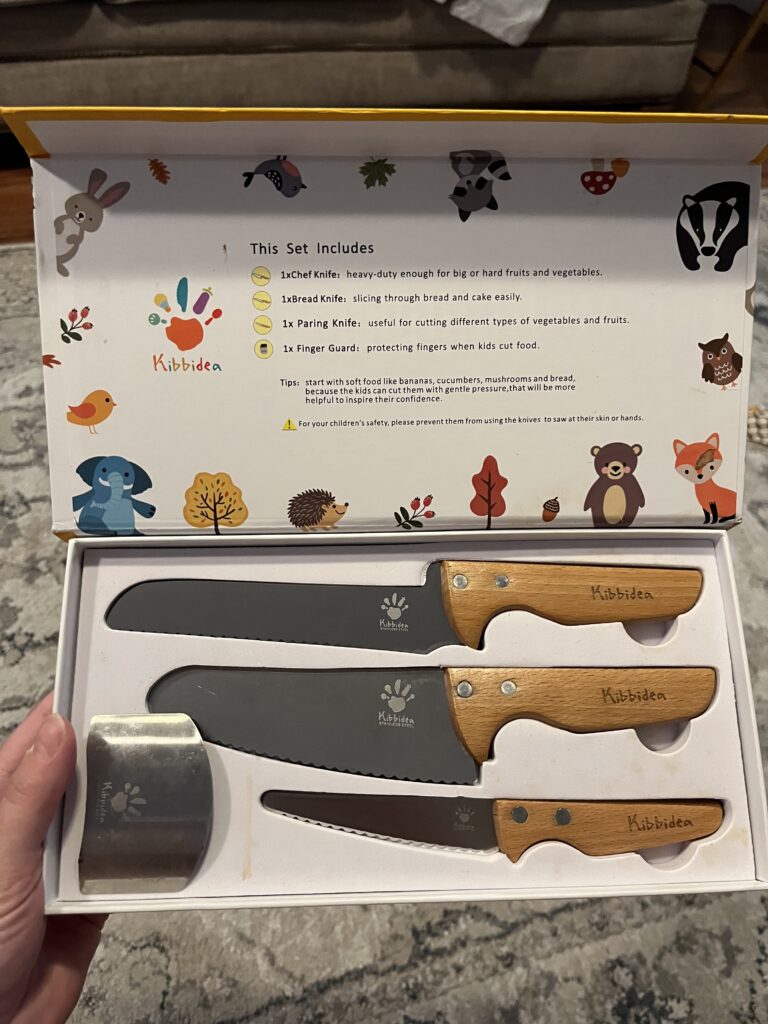
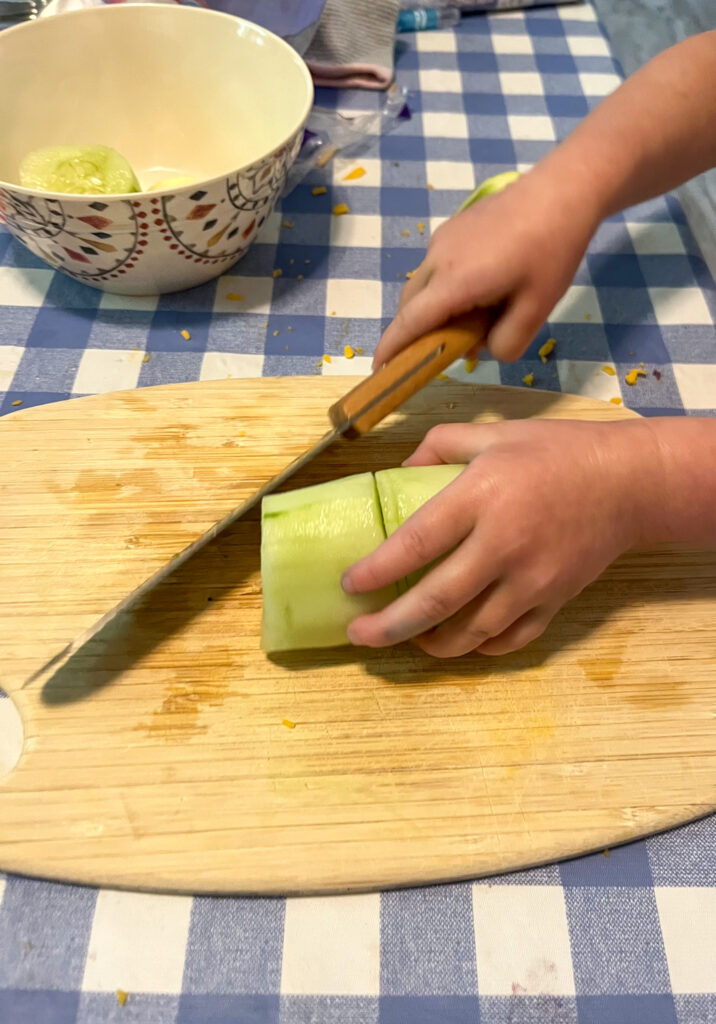
Tip 7: Know when it goes beyond just picky eating
There may be situations that go beyond just picking eating. Extreme food aversions, gaging/throwing up at meal time, or extreme sensitivity to types of foods, temperature, or meal environments. Reach out to your healthcare professional about these concerns. Occupational therapists and speech therapists offer feeding therapy and work with families all the time.
Tip 8: Parents pick the meals
Instead of asking the child, “what do you want for dinner?”, make sure you as the parent sets the menu. If I let my kids pick, they would probably pick chocolate milk every time! I do occasionally provide options on what type or fruit or side dish they want.
Tip 9: Don’t be intimated by cooking
Cooking and meal preparation is a learned skill. As adults, we are life-long learners. Some people will categorize themselves as bad cooks, but start small and learn this new skill! Pick 2 meals you want to work on mastering and now you have 2 more meals to add into the rotation. Cooking at home allows your kids to be exposed to a variety of new foods.
Tip 10: Including fun things on the plate
Adding some fun items on your child’s plate can help them interact with their food and hopefully eat more foods! These toothpicks and food cutters are engaging for kids. Or check out these fun plates. Before you spend a bunch of money though, try the tips above first!
I hope some of the tips were helpful and encouraging! Keep at it, celebrate the small successes and remember good things take time!


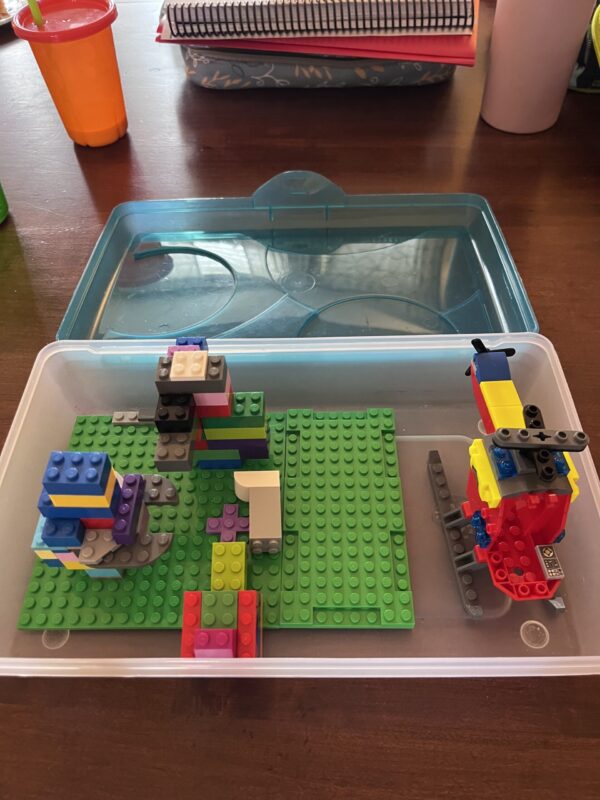
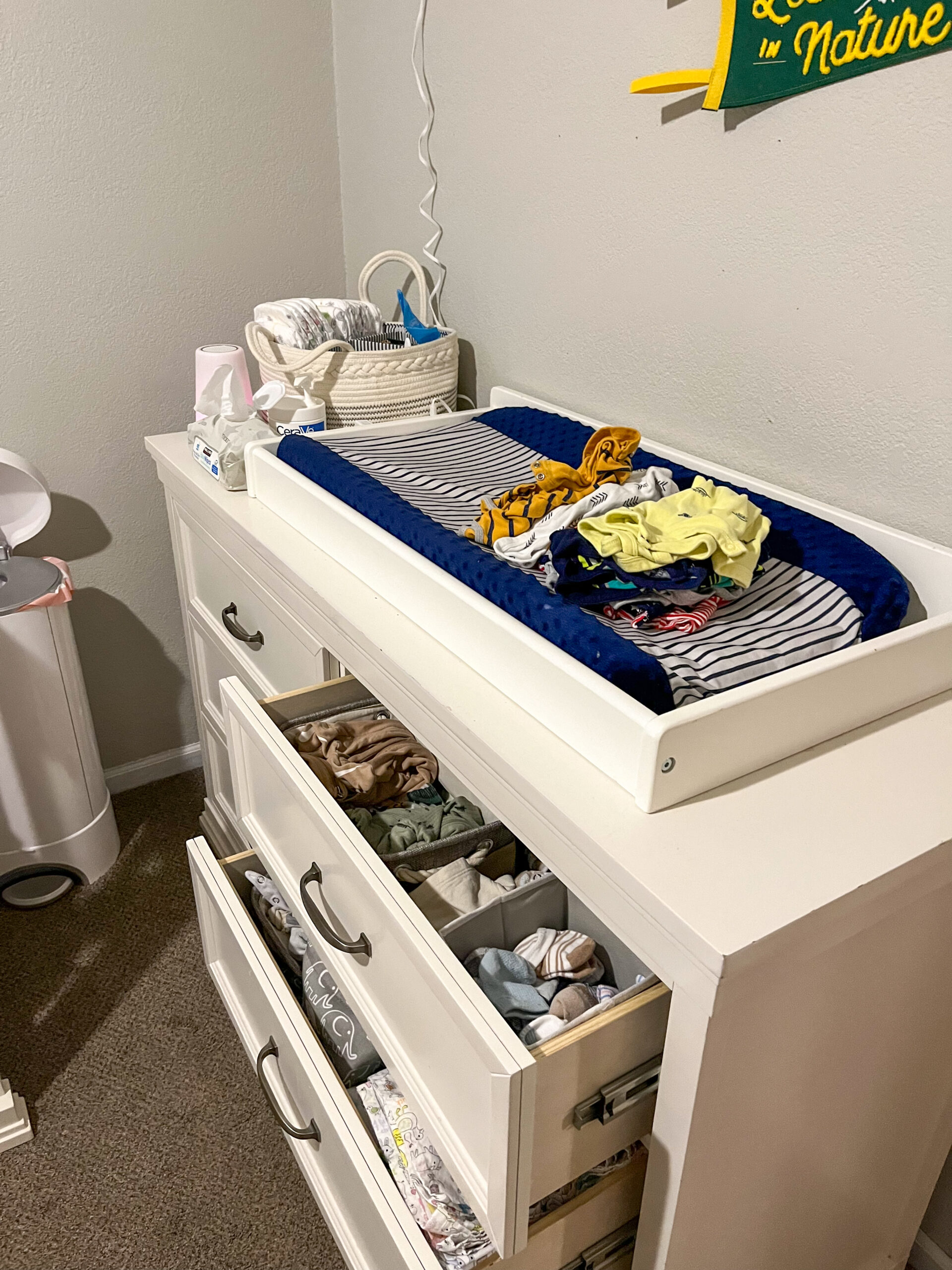


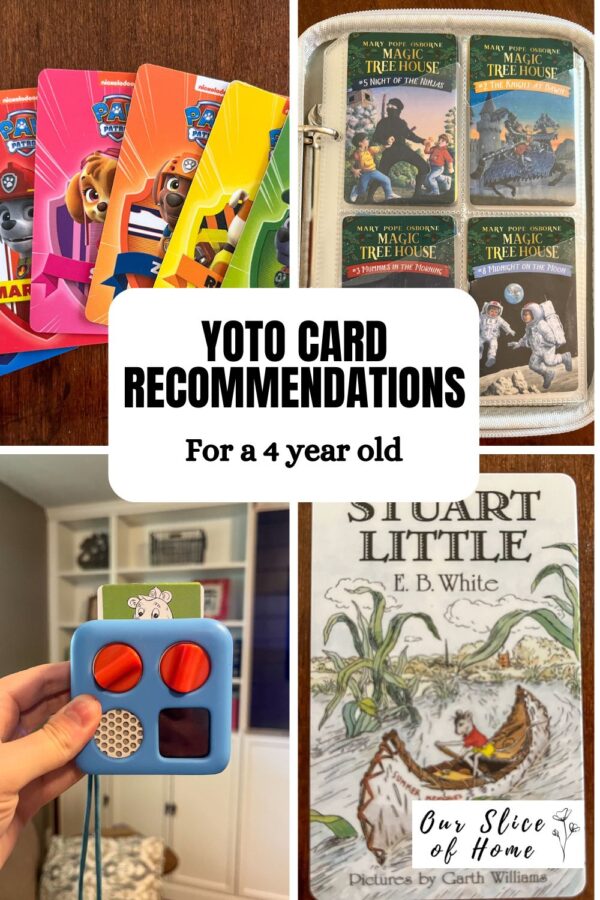
One Comment